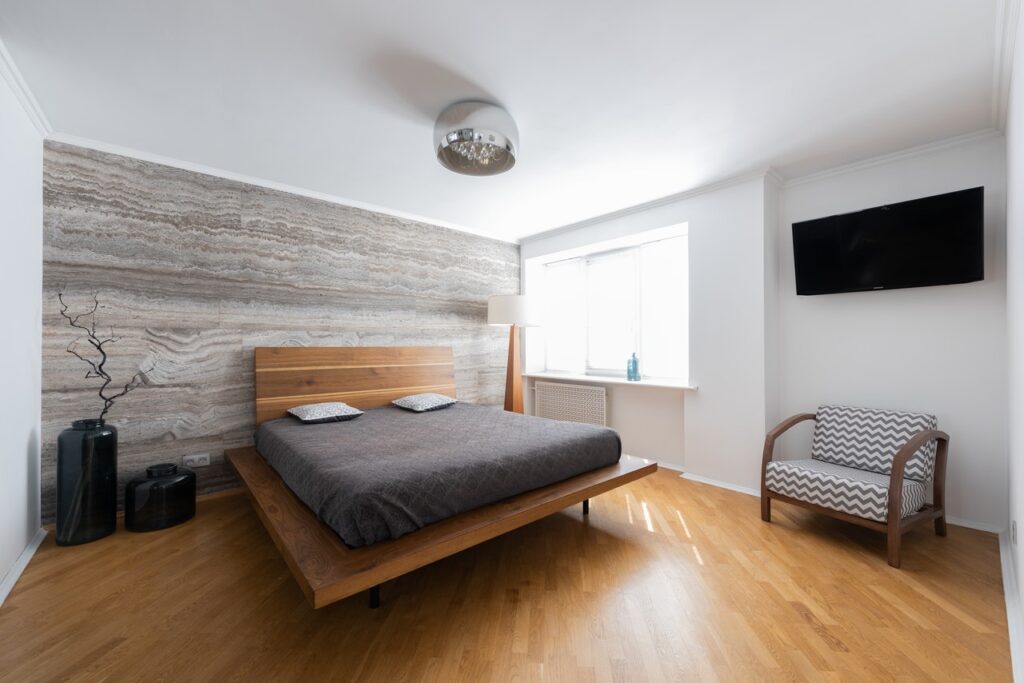You have to surround your property with a wall? Then you should consider building a Thin Stone wall. It is a wall with flat stones. These stones can either be placed on top of each other or you can glue the stones. To build a wall, you must first define the area on which the wall is to be built. After that, the area is freed from grass and soil. After that, a foundation is laid. This substructure does not have to be too high. If the foundation is standing, the first bricks can be set. With the help of a stone glue, these stones are joined or glued to each other.
If you can’t handle concrete yourself, you should get expert help. Casting a foundation is not a big deal, but it is important to ensure the stability of a free-standing property or garden wall. After casting the foundation, the direction of the wall must be defined with wooden pegs and a guide. The guideline marks the planned outer edges of the wall. It is necessary that the cord must be absolutely horizontal. The stones should be 10 centimetres below the top of the existing covering.
Stone on stone
The first row of the Thin Stone wall is placed directly on the foundation. The first row of stones is mixed with mortar. This layer will dry for 24 hours. After that, the Thin Stone Wall can be further layered. Since the stones are very different in size and thickness, the adhesive must be worked very carefully. It is very important that every row of thin stones is always balanced with mortar.
For the wall of stone is to be straightened. However, a bit of slant is typical of such a stone wall. It is important that the stones are well bonded. For this purpose, the adhesive must be applied to the stones in sufficient quantities. It is also very important to avoid cross joints. For this purpose, the stones are placed as offset as possible to each other. Half the size of the stone surface should overlap. Since the stones are very thin, you must of course be careful not to break them.
Joint spaces
In order for the wall to be protected from ingress of moisture in the long term, it is important that the gaps that result from the unevenness of the stones are filled with transparent silicone. It is best to use a press-out pistol for this purpose. After that, the free-standing, glued garden wall is already finished and shines in a style as if this wall were already several centuries old. No wonder, since there used to be no bricks and stones were used for drawing walls, which were first crushed.




